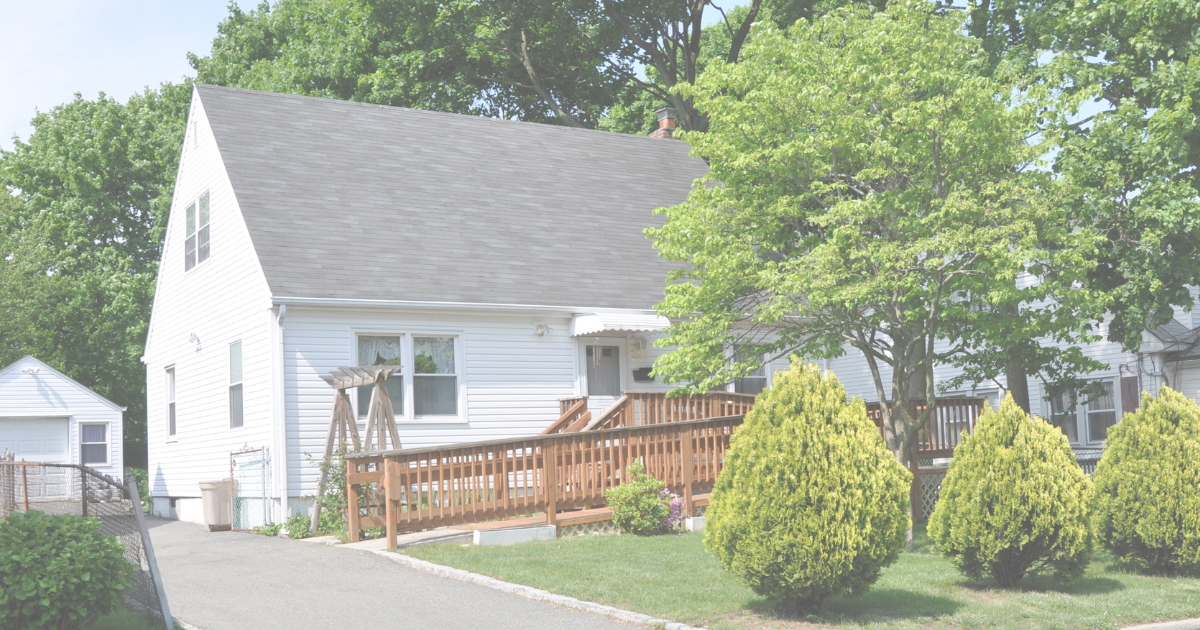Raising Awareness Through a Flag
The first official Disability Pride celebration occurred in 2015 to commemorate the ADA’s 25th anniversary. The historic legislation was signed on July 26, 1990. (US Embassy website)
ADA prohibits discrimination against people with disabilities in all areas of public life and enables their full participation in society — by working, going to school, using public and private transportation services, voting, buying goods and services or accessing public places. [See a timeline of some landmark events and legislation leading up to the passage of the ADA.]
Disability Pride Month recognizes that people with disabilities are also people with abilities—that they are proactively working to break down barriers that stand in the way of full inclusion. It is an opportunity to promote their visibility, celebrate their innate worth, and applaud their achievements. Several major U.S. cities hold parades to recognize the community.
The Disability Pride Flag
The Disability Pride flag helps increase the community’s visibility. Ann Magill originally designed the flag in 2019 with a zigzag pattern to symbolize the way people with disabilities creatively navigate barriers. After feedback about the potential effect (of the design) on people with epilepsy (viewing on a computer or a device could create a strobe effect), Magill partnered with those with photosensitivity and community members to redesign the flag. The new flag, created in 2021, included muted colors symbolizing the diverse facets of daily life for people with disabilities.
The new flag design highlights the multiple experiences and diversity in the disability community, and the different colors specifically symbolize various types of disabilities.
- Charcoal Gray Background mourns the victims of violence and abuse against persons with disabilities (adults and children, those killed, suicides, or individuals who suffered from negligence)
- Diagonal Bands symbolize cutting across the barriers people with disabilities experience, keeping them from full inclusion
- Five Diagonal Stripes of different colors rest on a black background.
- Red (physical disabilities: chronic pain, mobility impairment, loss of limbs)
- Gold (neurodivergence: autism, ADHD, dyslexia )
- White (invisible and undiagnosed disabilities)
- Blue (psychiatric disabilities:depression, PTSD, anxiety, etc. )
- Green (sensory disabilities: hearing loss, visual impairments, etc.).
The Disability Pride flag is available in the public domain and is seen in Disability Pride Month parades around the world.
2023 Celebrations in the United States include:
- New York: Disability Unite Festival
- Pennsylvania: Disability Pride PA
- Illinois: Disability Pride Parade
- Missouri: FestAbility: A Celebration of Disabilities
Read more about the origins of Disability Pride:
What's the Meaning of the Colors on the Disability Pride Flag?
Disability Pride Month: Celebrating Inclusivity










